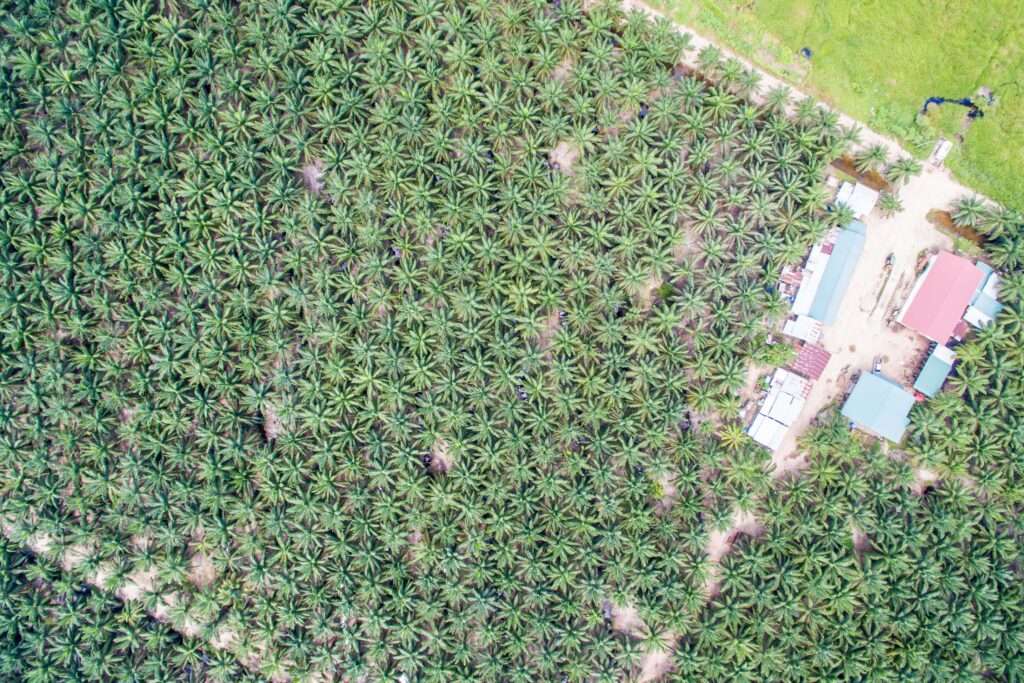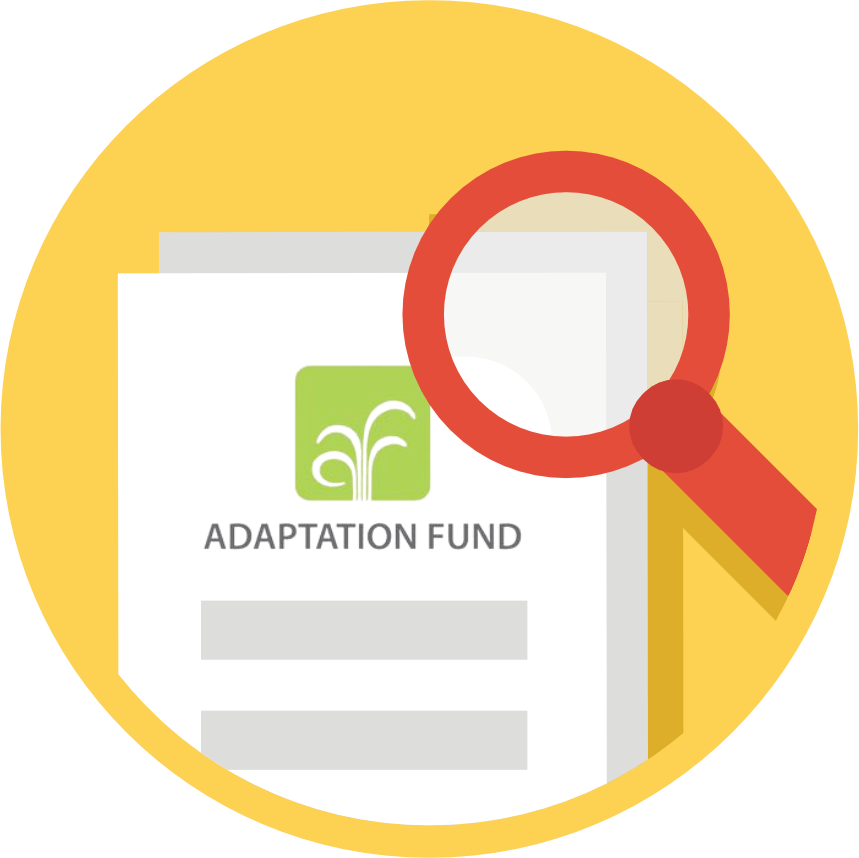
Sebuah pemikiran oleh Laode M. Syarif, Direktur Eksekutif Partnership for Governance Reform (KEMITRAAN) di Indonesia dan Dosen Senior Universitas Hasanuddin, Fakultas Hukum. Dr Syarif berkolaborasi dengan inisiatif “Exploring Responses to Corruption in Natural Resource Management and Conservation Practice”, yang diinkubasi oleh Luc Hoffmann Institute dan TNRC. Artikel ini telah diterbitkan di situs Luc Hoffmann Institute.
Di negara-negara di mana korupsi merajalela dalam pemerintahan, bekerja dalam lintas sektor untuk melaporkan dan menangani korupsi memiliki potensi besar bagi para pelaku antikorupsi. Inilah yang terjadi di sektor sumber daya alam Indonesia.
Di Indonesia, sebagian besar korupsi didorong oleh pasokan dan permintaan global untuk minyak sawit, kayu, bubur kayu/kertas, dan mineral. Jaringan yang rumit milik aktor-aktor kuat di bidang keuangan, politik, dan bisnis mempersulit identifikasi tanggung jawab dan akuntabilitas yang jelas atas tindakan ilegal.
Dari 2015 hingga 2019, saya menjabat sebagai Komisioner Komisi Pemberantasan Korupsi (Komisi Pemberantasan Korupsi). KPK didirikan pada tahun 2003 sebagai lembaga publik independen untuk menyelidiki dan mengadili kasus korupsi yang melibatkan pejabat tinggi publik dan aparat penegak hukum.
Dampak korupsi terhadap konservasi di Indonesia
Dampak kegiatan korupsi pada ekosistem alam, sumber daya, dan komunitas lokal kita telah ditandai. Kajian KPK yang dilakukan selama saya menjabat sebagai Komisioner mengungkapkan bahwa hampir 3 juta hektar hutan alam telah ditebangi secara ilegal untuk dijadikan perkebunan kelapa sawit meskipun kawasan ini masih terdaftar sebagai hutan alam oleh pemerintah. Sebagai hasil dari penebangan legal dan ilegal, Indonesia memiliki salah satu tingkat deforestasi tertinggi di dunia.
Hilangnya keanekaragaman hayati dan habitat fauna dan flora endemik tidak salah lagi karena perkebunan besar sering terletak di dalam taman nasional. Selain itu, sumber-sumber tanah dan air tercemar, dan cara hidup masyarakat setempat terpengaruh karena perkebunan pangan dan mata pencaharian masyarakat hancur.
Baca lebih lanjut di situs Luc Hoffman Institute.






